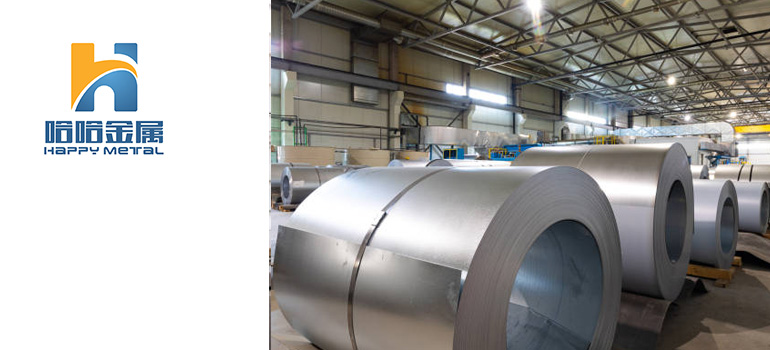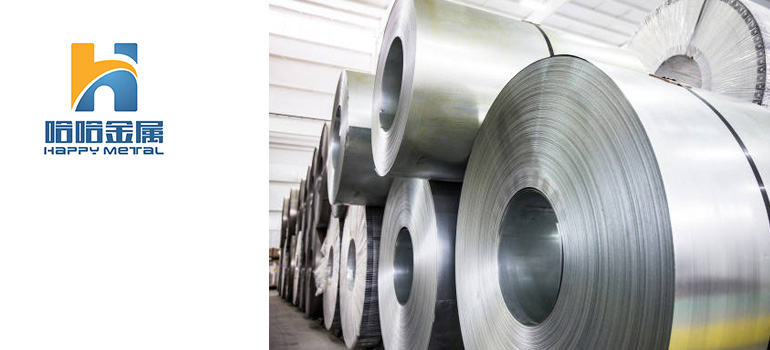Summary:
All you need to know about Al Zn Mg plate?
What is Al Zn Mg plate?
What are the characteristics of Al Zn Mg plate?
Why choose Al Zn Mg plate?
The application of aluminum magnesium zinc plate
Al Zn Mg plate is a new type of high-strength and corrosion-resistant building steel. Its unique composition and manufacturing process give it excellent mechanical properties and corrosion resistance. The steel plate is mainly composed of elements such as aluminum, zinc, and magnesium, which can form a dense protective film and effectively prevent corrosion and oxidation of the steel.
What is Al Zn Mg plate ?

Al Zn Mg plate refers to steel containing zinc, aluminum, and magnesium. The alloy coating of Zn Al Mg steel is a dense ternary eutectic structure formed by the solidification of zinc, aluminum, and magnesium at high temperatures, which can effectively prevent rust and corrosion. Zinc aluminum magnesium steel has strong corrosiveness, and its anti-corrosion performance is 4 to 20 times that of aluminum zinc steel coatings with the same coating weight. Similarly, the advantage of resistance to notch corrosion is particularly evident.
Zinc aluminum magnesium steel is suitable for high temperature, high humidity, and high corrosion resistance, making it an ideal material for elevated garden beds. Research has shown that the service life of zinc aluminum magnesium steel elevated beds can reach 20 years.
Aluminum magnesium zinc steel plate has rigidity, strength, and good plasticity, which can withstand large external forces without deformation or damage. Meanwhile, its excellent corrosion resistance enables it to maintain stable performance in various harsh environments, such as marine climate and industrial pollution. In addition, aluminum magnesium zinc sheets also have good processing and welding properties, making them convenient for construction and processing.
In the field of construction, aluminum magnesium zinc sheets are widely used in steel structure buildings, bridges, highway guardrails, roof panels, wall panels, and other fields. Its high strength, corrosion resistance, and elegant appearance make aluminum magnesium zinc steel plate one of the important materials in modern architecture.
In summary, aluminum magnesium zinc sheet is a high-performance and widely used building steel, with its unique composition and manufacturing process making it have broad application prospects in the field of construction.
What are the characteristics of Al Zn Mg plate?
The following are some characteristics of magnesium aluminum alloy:
Its melting point is approximately 600 ° C or 1110 ° F
The density of this alloy is approximately 1.9 g/cm 3
It is insoluble in water
In addition, its resistivity is -7 10x Ω – m
Poisson’s ratio is 0.29
The thermal conductivity coefficient is 125 W/m · K, and the thermal expansion is 26 µ m/mK
The Vickers hardness is 88
In addition, its ultimate tensile strength is 230 to 280 MPa
Why choose Al Zn Mg plate?
Some reasons why magnesium aluminum alloy should be used are as follows:
reduce weight
Compared to traditional steel, using magnesium aluminum alloy can reduce weight by an average of 60%. The lightweight feature can reduce the structural pressure of buildings and make transportation and installation more convenient.
It has been proven that this is particularly beneficial for ships and aviation vessels.
This means you can carry more load and reduce the amount of electricity required during operation.
Weldability
Magnesium aluminum alloy has suitable welding ductility and does not require heat treatment after welding.
Good anti-corrosion performance
Magnesium aluminum alloy has low corrosion resistance and is suitable for use in different environments. Even in harsh environments, it has good corrosion resistance and high durability. In addition, the tensile strength of this alloy can last for several years without significant degradation.
Good aesthetics
The surface of aluminum magnesium zinc coated steel plate adopts a special coating treatment method, which has good aesthetics and surface hardness. Not only can it provide a beautiful appearance for buildings, but it can also protect metal surfaces from external environmental erosion.
The application of aluminum magnesium zinc plate
In terms of architecture
Aluminum magnesium zinc coated steel plates are widely used in the construction field, such as industrial plants, commercial buildings, and residential buildings. It can be used as a material for roofs, walls, etc., with characteristics such as fire prevention, corrosion prevention, and thermal insulation, which can effectively extend the service life of buildings and improve their durability.
In terms of household appliances
In addition to the construction field, aluminum magnesium zinc coated steel plates are also widely used in the home appliance industry. It can be used as a shell material for various household appliances, such as refrigerators, washing machines, televisions, etc. Compared to other metal materials, aluminum magnesium zinc coated steel plate has better corrosion resistance and aesthetics, which can provide better appearance and protection for household appliances.
Methods for judging the quality of aluminum alloys
The quality of aluminum alloy is directly related to its safety, reliability, and durability in the application field. The following are several basic methods for judging the quality of aluminum alloys:
Appearance inspection method
When inspecting the appearance of aluminum alloy, attention should be paid to the following points: surface smoothness, color, and no cracks on the aluminum material. The surface of aluminum should not have defects such as unevenness or bubbles, which can affect the strength and service life of the material.
Chemical composition detection method
Chemical analyzers can be used to analyze the composition of aluminum alloys, ensuring that the content of each element in the aluminum alloy meets the standard requirements.
Mechanical performance testing method
Mechanical performance testing is one of the important means to determine the quality of aluminum alloys. Through various mechanical performance tests such as tensile testing, impact testing, hardness testing, and bending testing, the hardness, toughness, ductility, and other performance indicators of aluminum alloys can be tested.
Fracture observation method
The fracture morphology, color, and heat treatment state of aluminum alloy can be observed under a high-power microscope, and details such as grains and cracks in the fracture can help determine the quality of aluminum alloy.
Heat treatment detection method
Heat treatment is one of the commonly used methods in the production and use of aluminum alloys, which determines their quality by detecting their heat treatment status (such as quenching, annealing, aging, etc.). Improper heat treatment can lead to deformation and loss of strength of aluminum alloys, so it is necessary to carefully check whether the heat treatment process meets the standard requirements.




